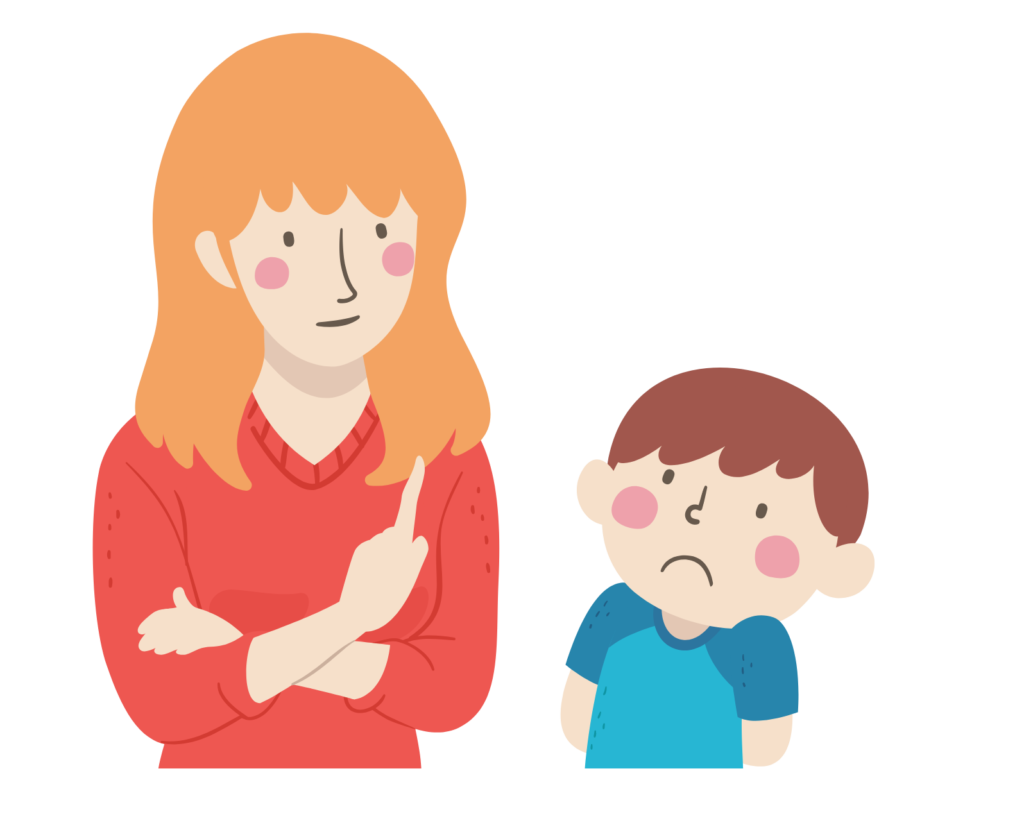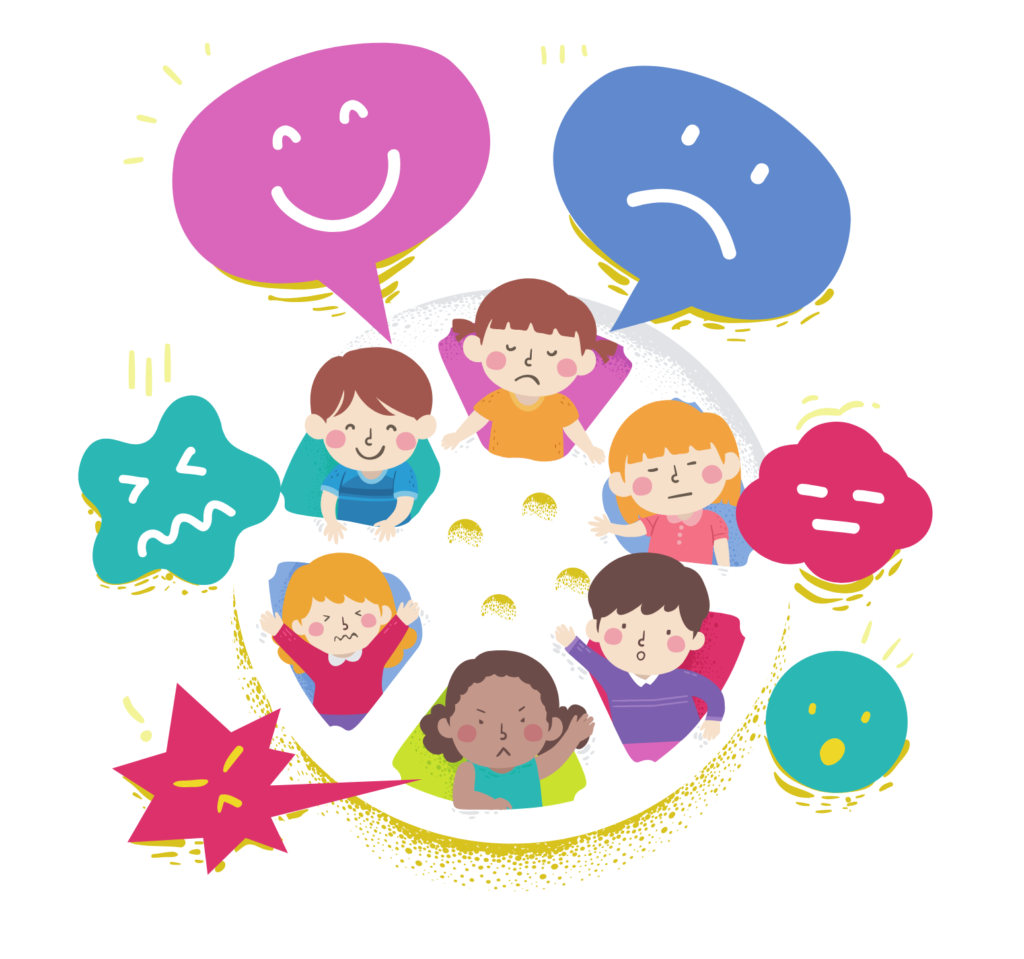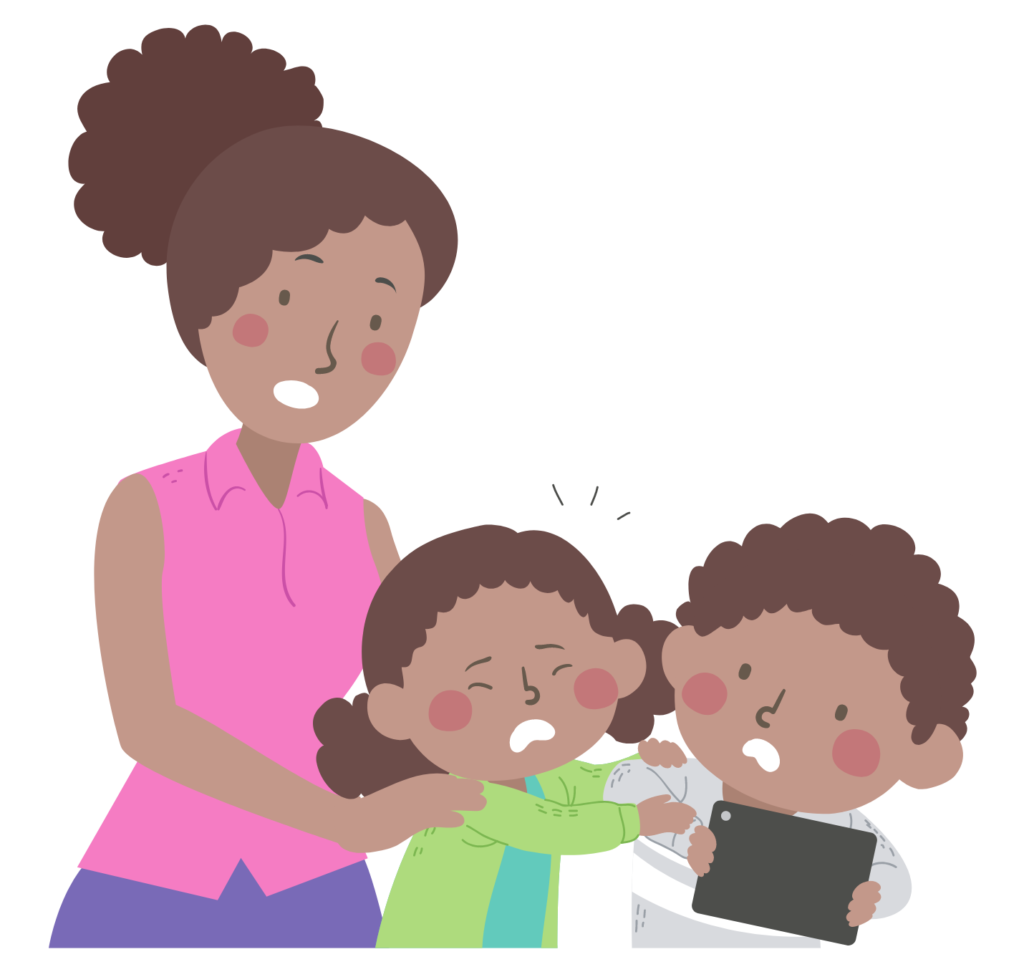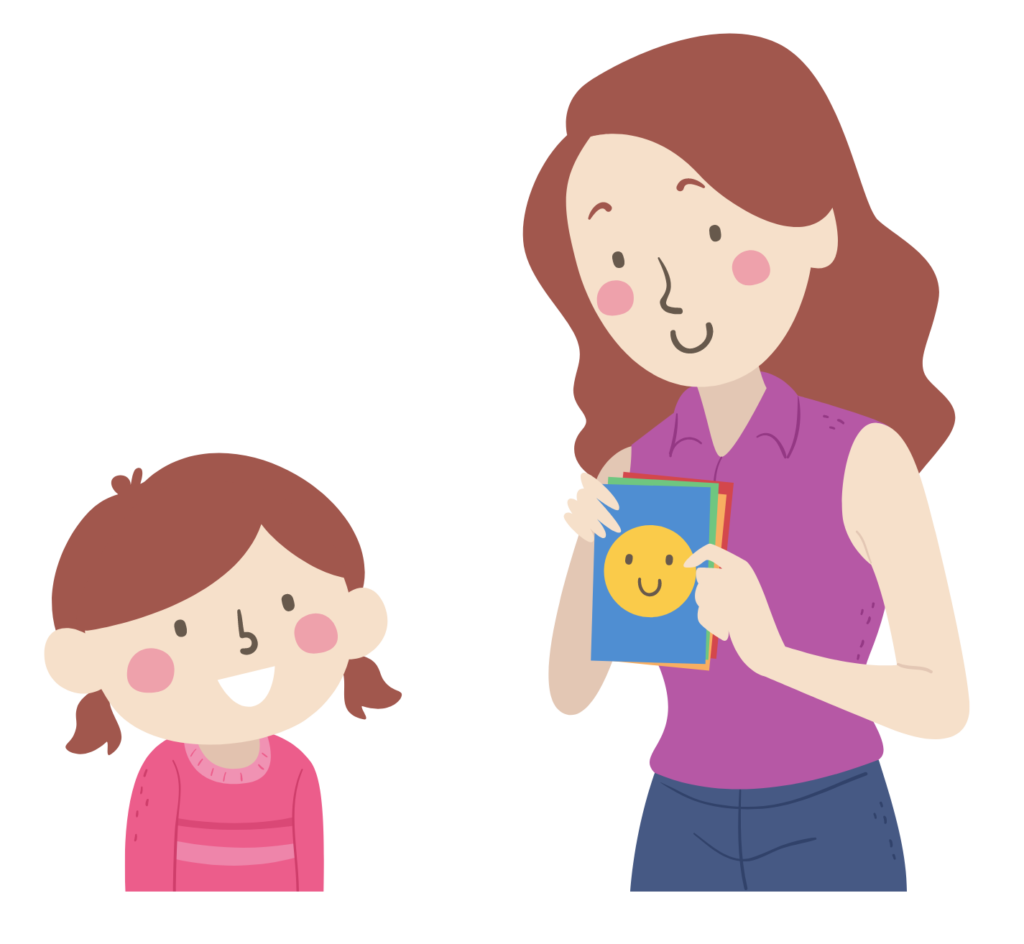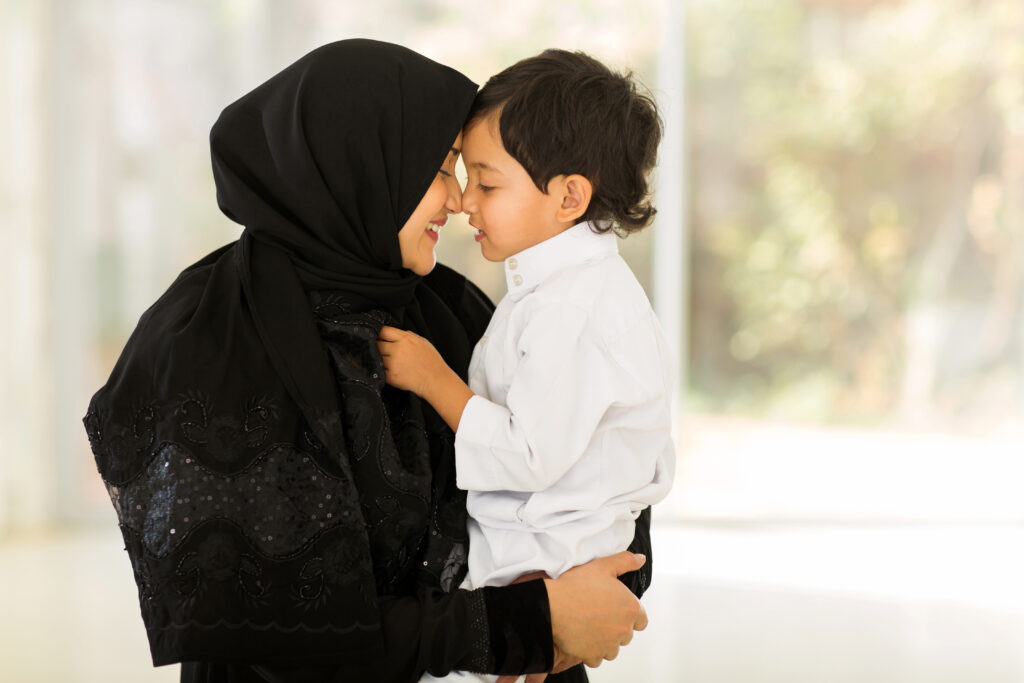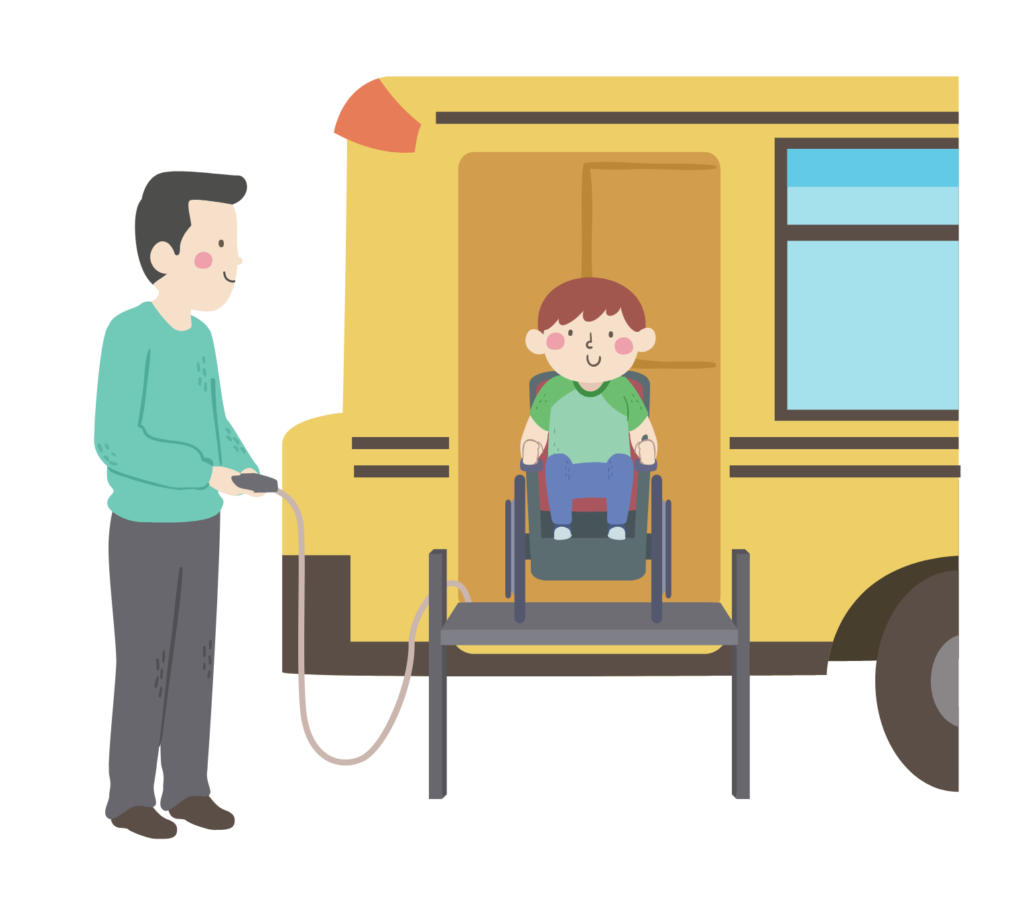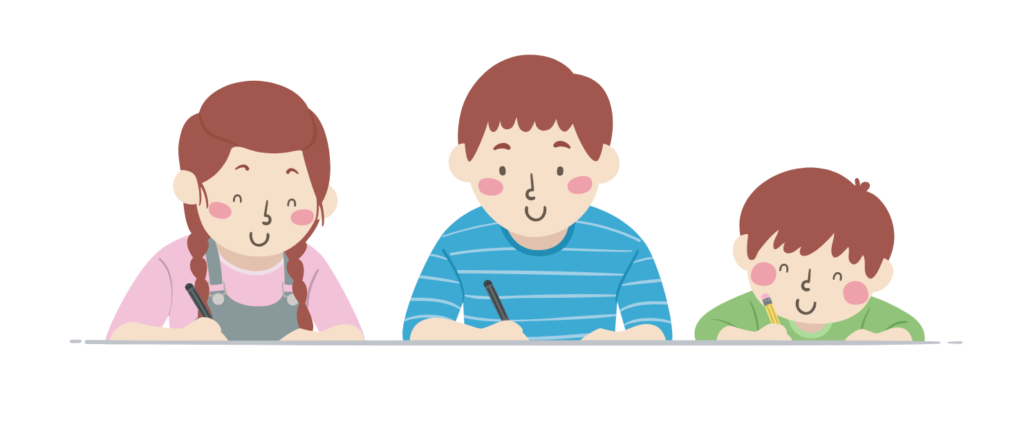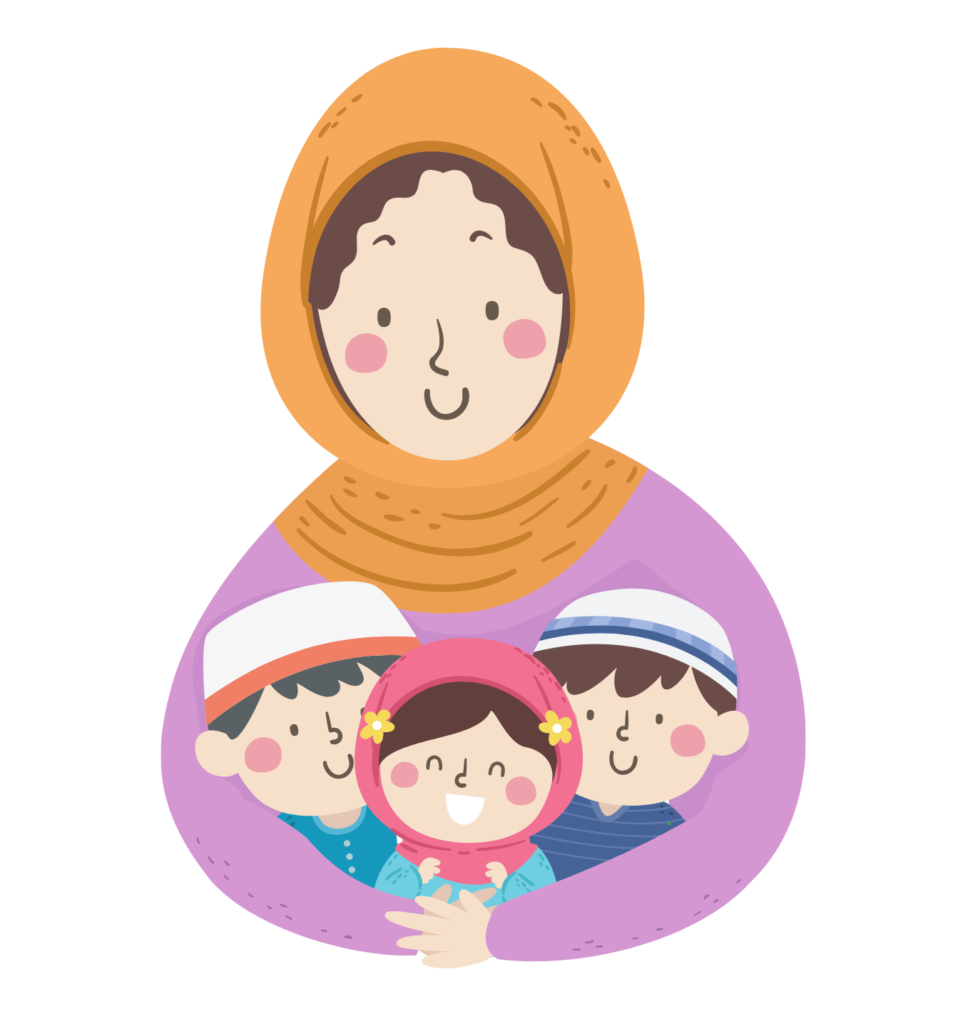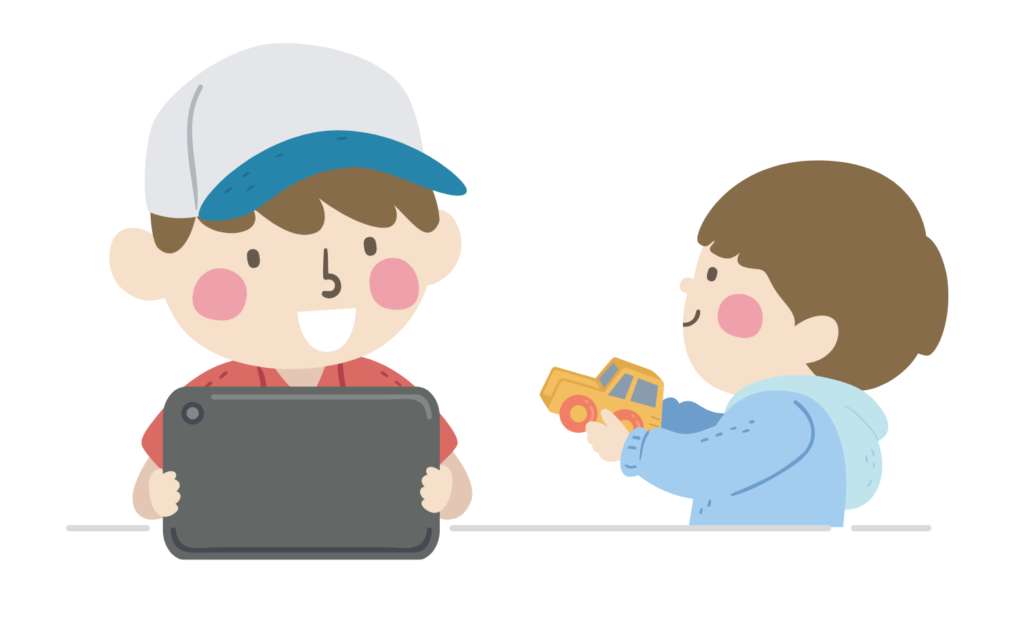The Ultimate Training Technique!
Written by Grandview Kids Autism Therapy Assistant Samantha
Do you ever wonder what the process is on how we train staff and parents in Applied Behaviour Analysis (ABA)? Well, the most likely answer is by using a technique called Behavioural Skills Training or BST.
Behavioural Skills Training is broken down into four parts: instruction, modelling, practice/rehearsal and feedback.
Instruction
Instruction refers to telling the parent or trainee what to do and explaining why we do it. Too often, people stop at this step or do not explain the why behind our actions. Adequate training involves more than just the explanation! Parents and trainees need to understand the reasoning behind why we do certain things instead of just telling them, “you need to do it this way.”
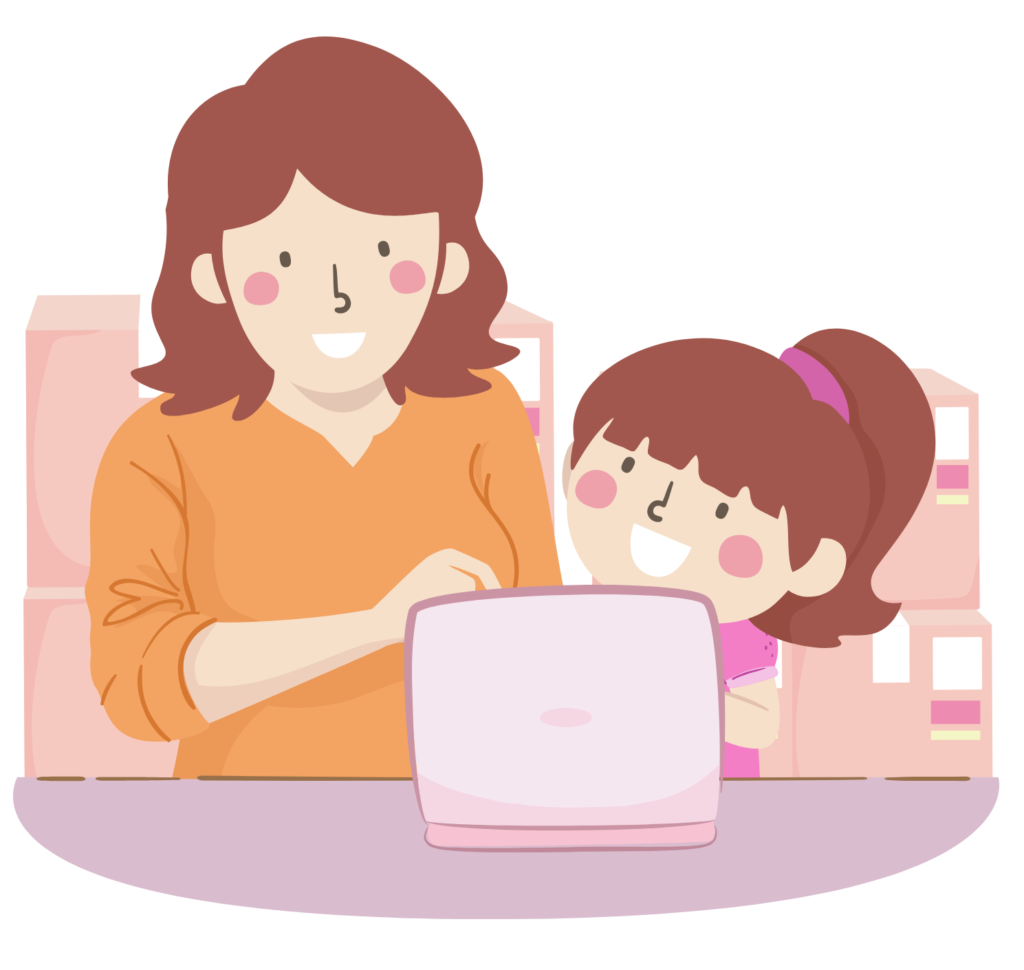
Modelling
Modelling refers to the clinician modelling or showing the parent/trainee what to do. This step should be completed in the natural environment with the client or your child when possible. For example, if a clinician is training you on effectively transitioning your child into the school, the clinician would model the skill during a regular transition. This allows you to see the skill in action! However, if modelling in the natural environment is not possible, you can perform role-play scenarios!

Practice/Rehearsal
Practice makes perfect! This is the most important step, as this is where the trainee or parent gets to practice the skill they just learned. Similar to the modelling step, this step should also be completed in the natural environment when possible. It allows trainees to experience it like they would in a real situation.
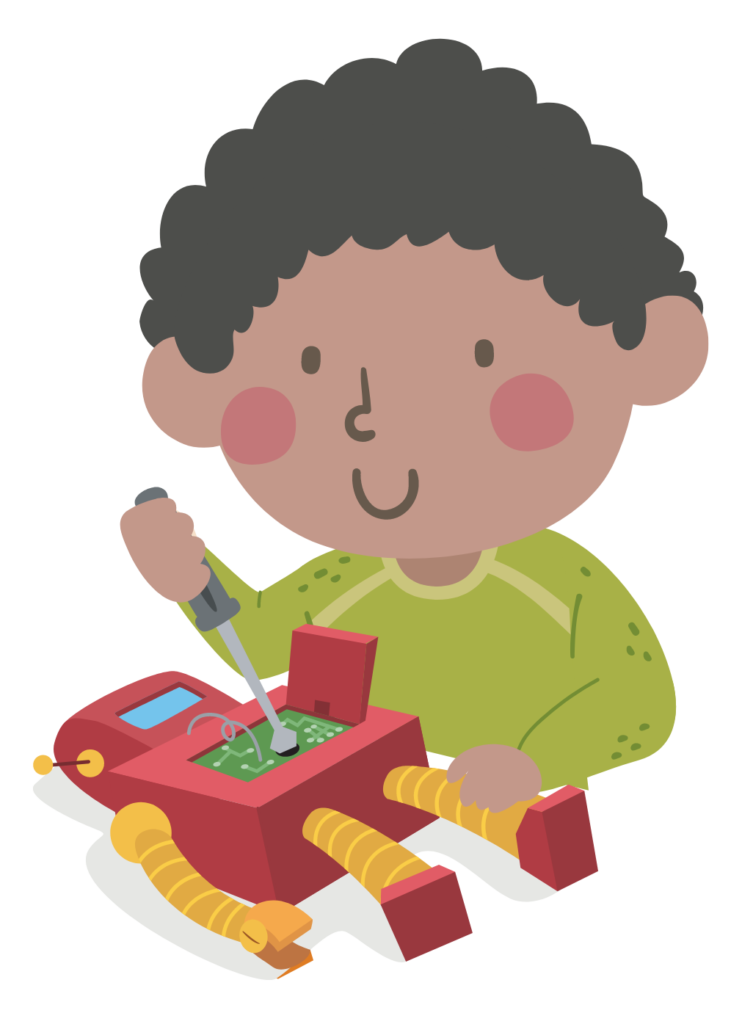
Feedback
Feedback is when the clinician gives the trainee or parent some immediate feedback on what they did correctly and what they need to improve. Feedback should be immediate, so the trainee can fix it right away and keep practicing! This also allows the parent or trainee to ask questions if they need clarifications.
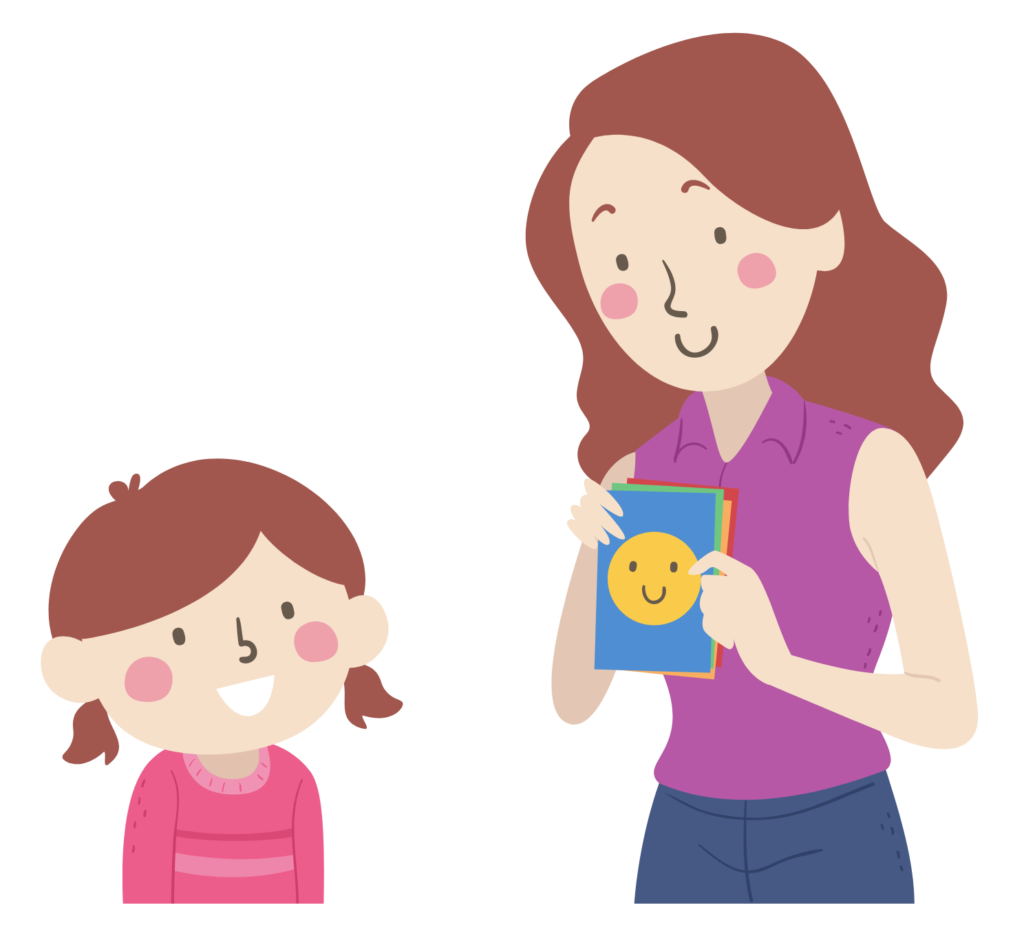
Other Uses of BST:
Behavioural Skills Training can also be effective for teaching skills to children! Some examples of skills that can be taught using BST are:
- Accepting outcomes of games (winning/losing appropriately)
- How to interrupt a conversation
- Safety skills (e.g., what to do if you are lost)
